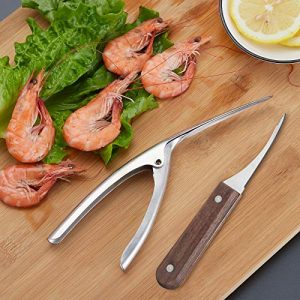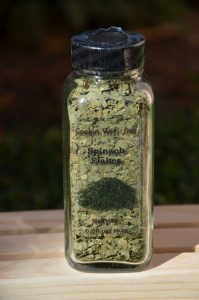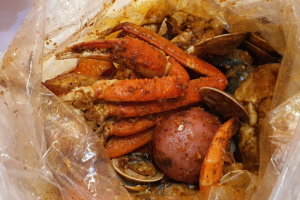Smash & Grab
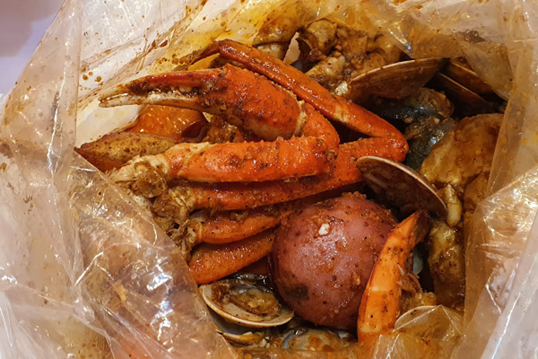
Smash & Grab
Smash and grab is a concept in the news more often than it should be. We are not talking about that in this post, but instead are speaking about something wonderful. When eating shellfish we employ the Smash & Grab technique. We gently smash the shell, grab and eat the succulent bounty from the sea. Adding seafood and shellfish to your diet can be very beneficial. People of all ages can eat many different kinds of seafood. Seafood and shellfish offer a variety of nutrients and proteins which are important parts of a healthy diet.
Smashing involved cracking the shell using a wooden hammer or pliers. You should always do it slowly and gently to avoid fragmenting the shell which may leave fragments in the meat. Shell fragments are sharp and often contain points that can lodge in your mouth or worst yet, between your teeth. Extraction of these pieces may be painful and ruin the experience.
Eating shellfish provides significant nutritional benefits, such as protein, omega-3 fatty acids, and vitamins like B12. But like everything else, this comes with risks. Those risks include illness from raw or undercooked shellfish and the potential for allergic reactions. To eat shellfish safely, cook it thoroughly, as identified by shells opening or flesh turning opaque. Always avoid consuming raw or undercooked shellfish and follow proper handling practices to prevent cross-contamination. This protein is easy to digest when compared to other foods. Getting enough protein is essential when it comes to muscle growth and repair. It also helps you to stay fuller for longer.
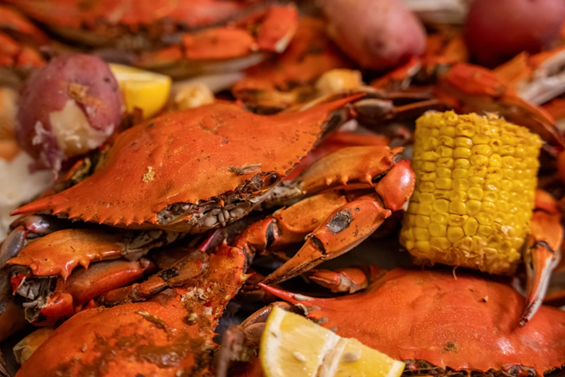
Smash and Grab Precautions:
To safely crack a crab, wear gloves and use a towel to protect your hands from sharp shell bumps. For cracking legs, use a crab cracker, mallet, or nut pick. Apply gentle pressure to split the shell without shattering it, which creates sharp fragments. For the body, remove the top shell carefully by hand. It is then safe to scoop out the meat from the body chambers. At this point you are also ensuring to remove gills and other internal organs.
It is generally not recommended to eat raw crab. That is because it can harbor harmful bacteria and parasites that cause foodborne illnesses. These illnesses include Vibrio infections or parasitic infections. While some cuisines, particularly in Japan and Korea, feature raw crab dishes like sashimi or gejang. These are prepared using specific freezing methods. Those methods kill parasites and by skilled chefs who source the seafood carefully. Cooking crab to an internal temperature of 145°F (63°C) is the safest way to kill these pathogens.
Generally, you shouldn’t eat shellfish during the warm summer months, from May to October. The reason is to avoid sickness from Vibrio bacteria in warm waters. You should avoid eating scrawny, low-quality shellfish that are spawning during this period. This aligns with the old “months with an R” rule. Modern farming practices and refrigeration have made commercially harvested shellfish safer year-round, though local advisories are still crucial.
Click the button below and see some of our favorite tools of the trade !!!
